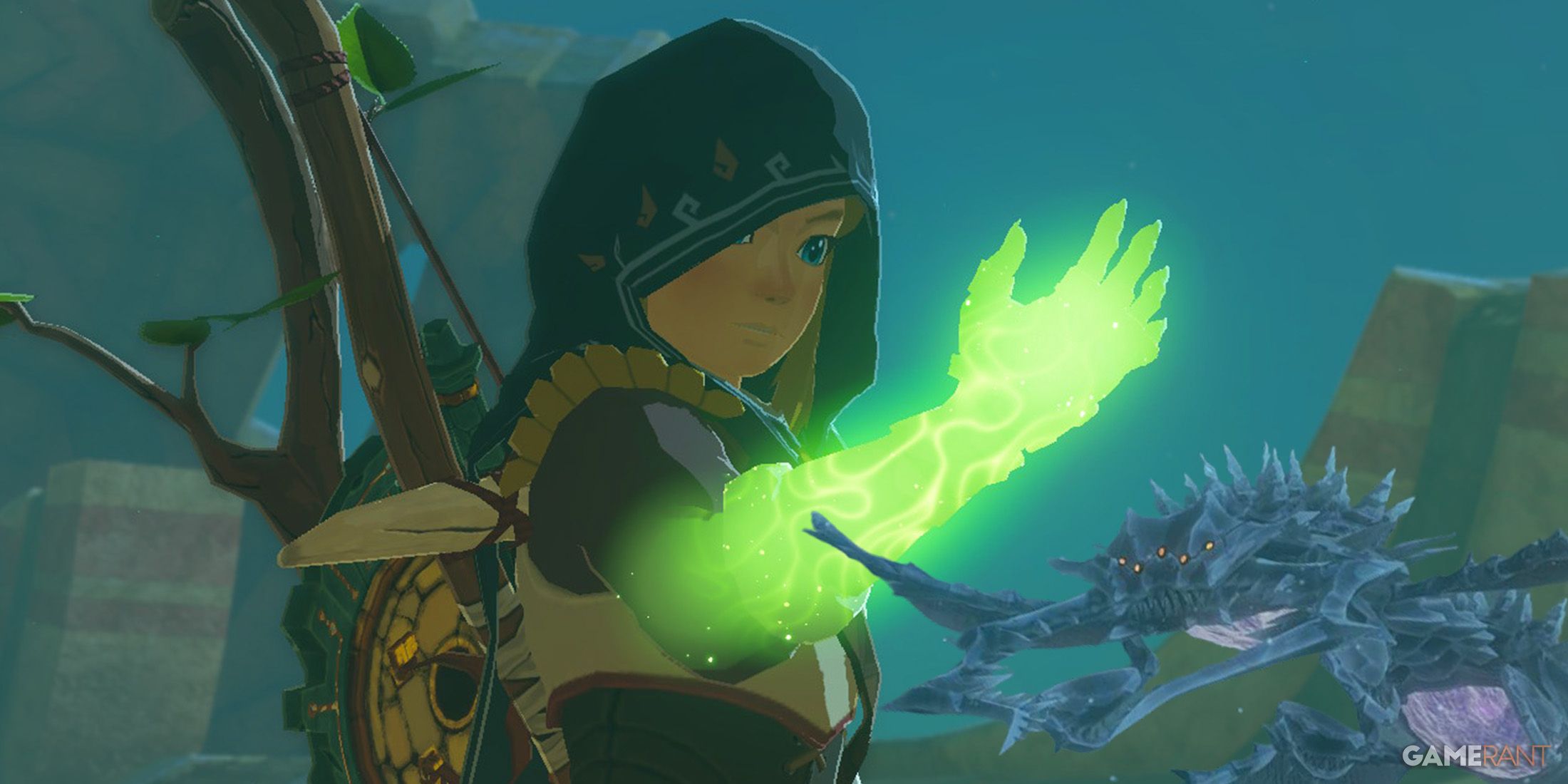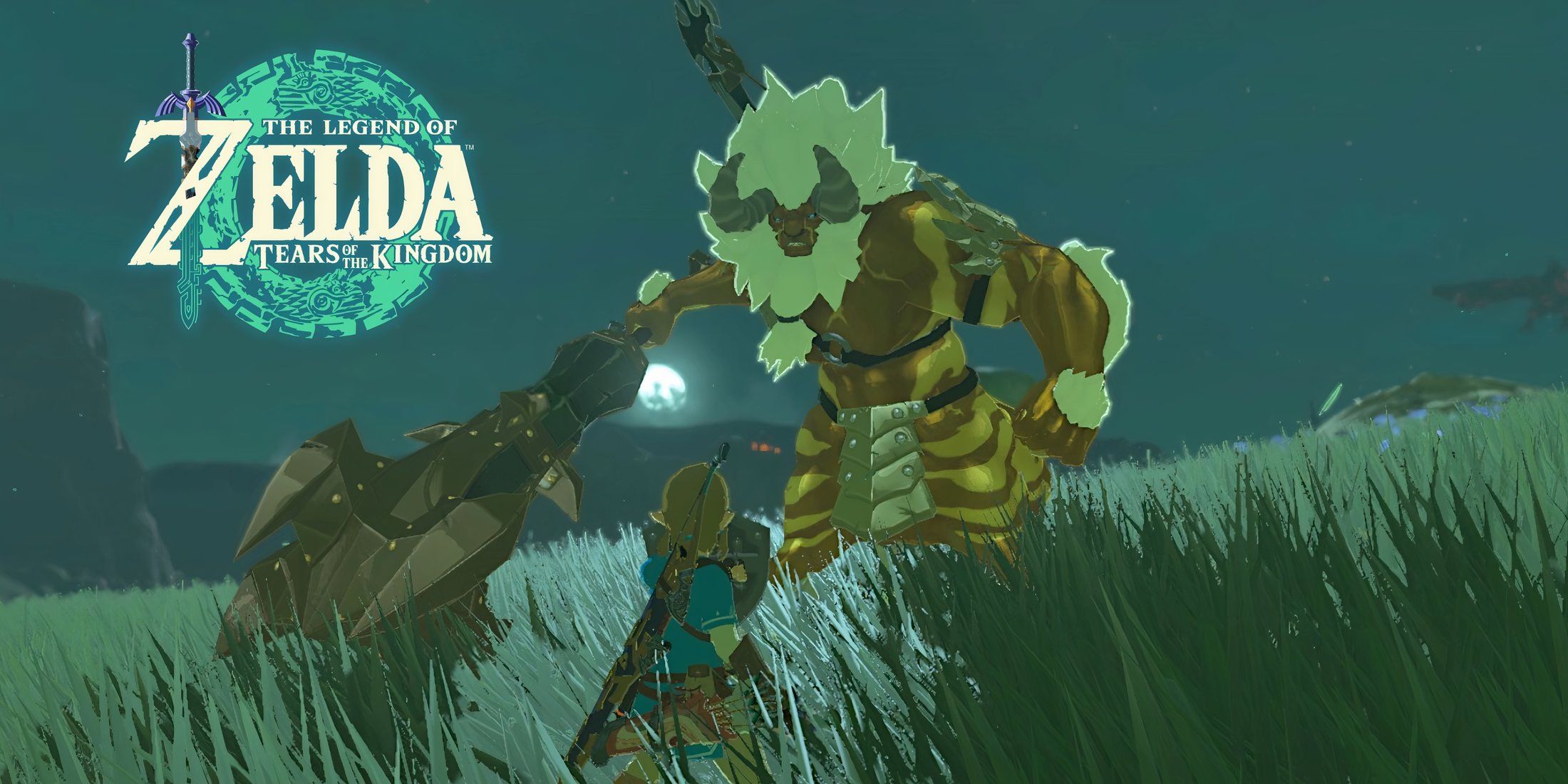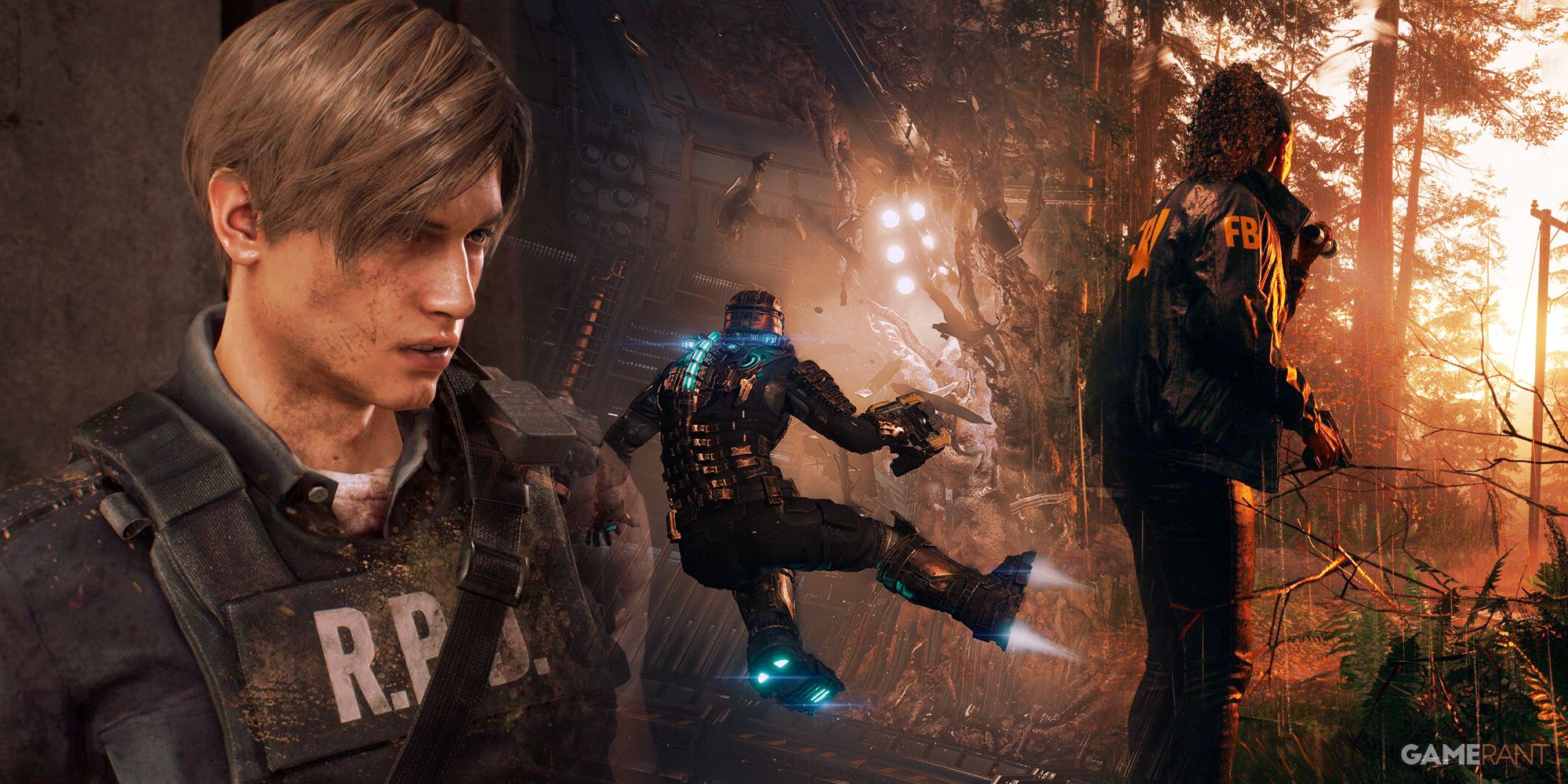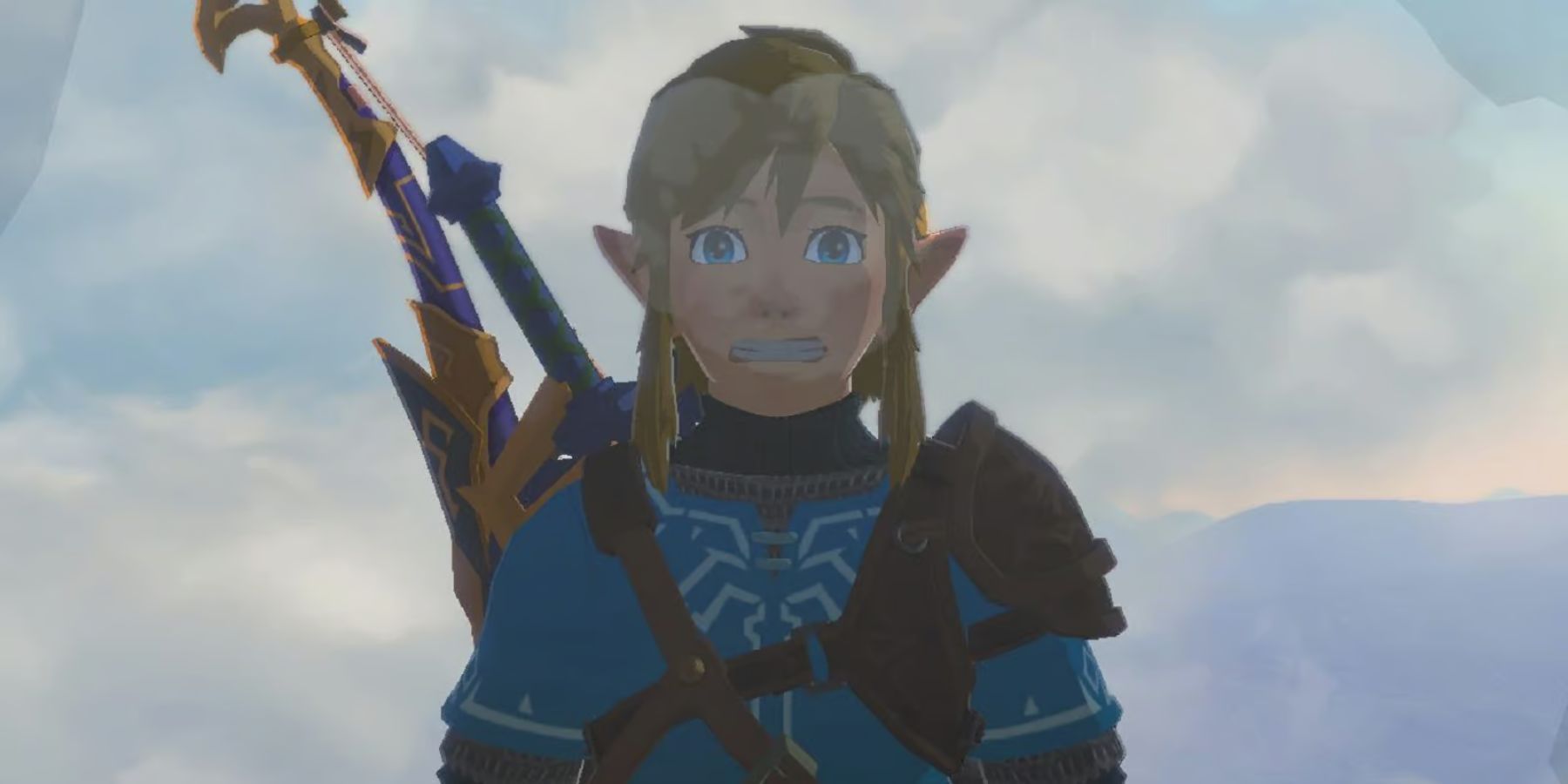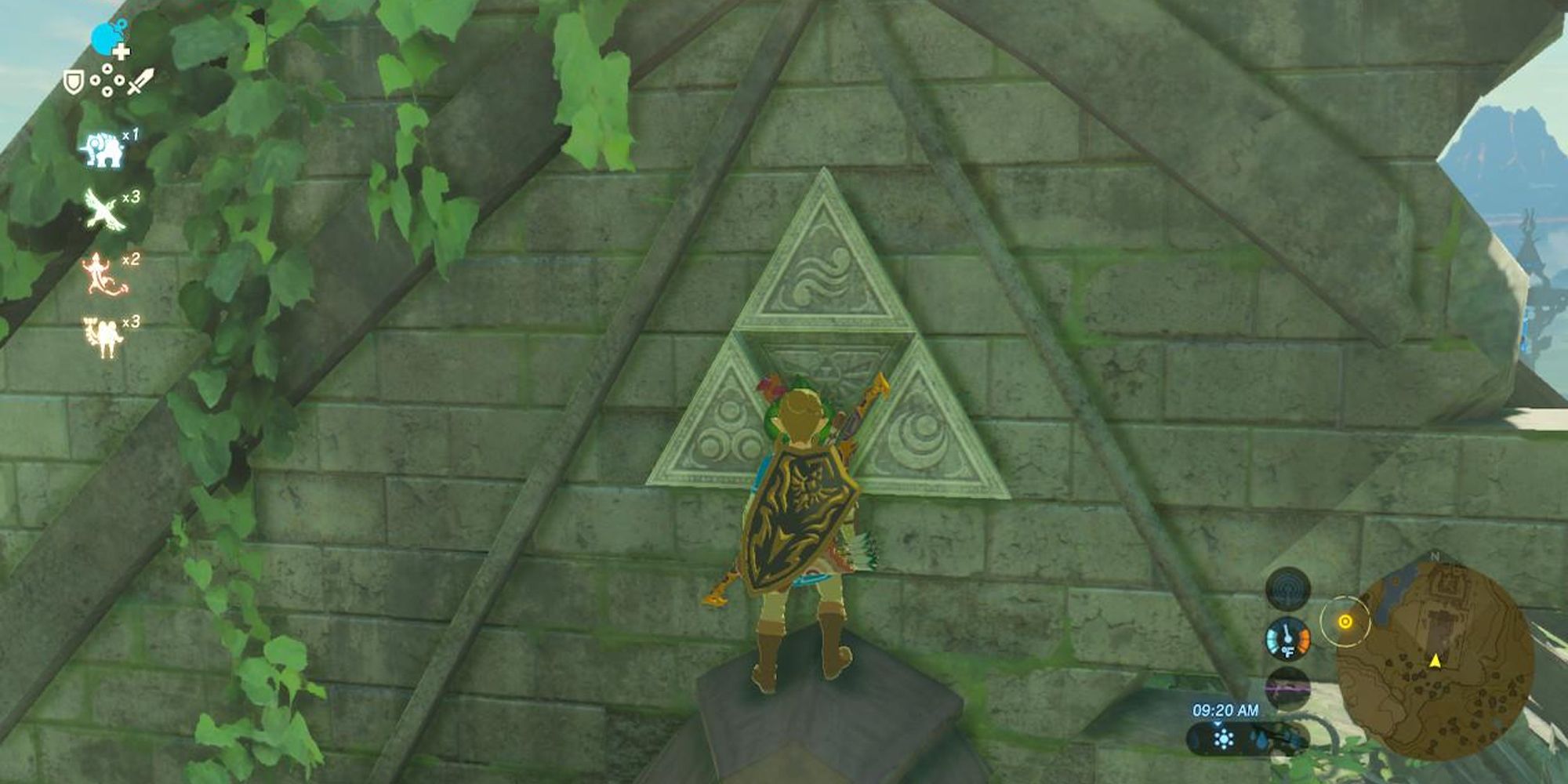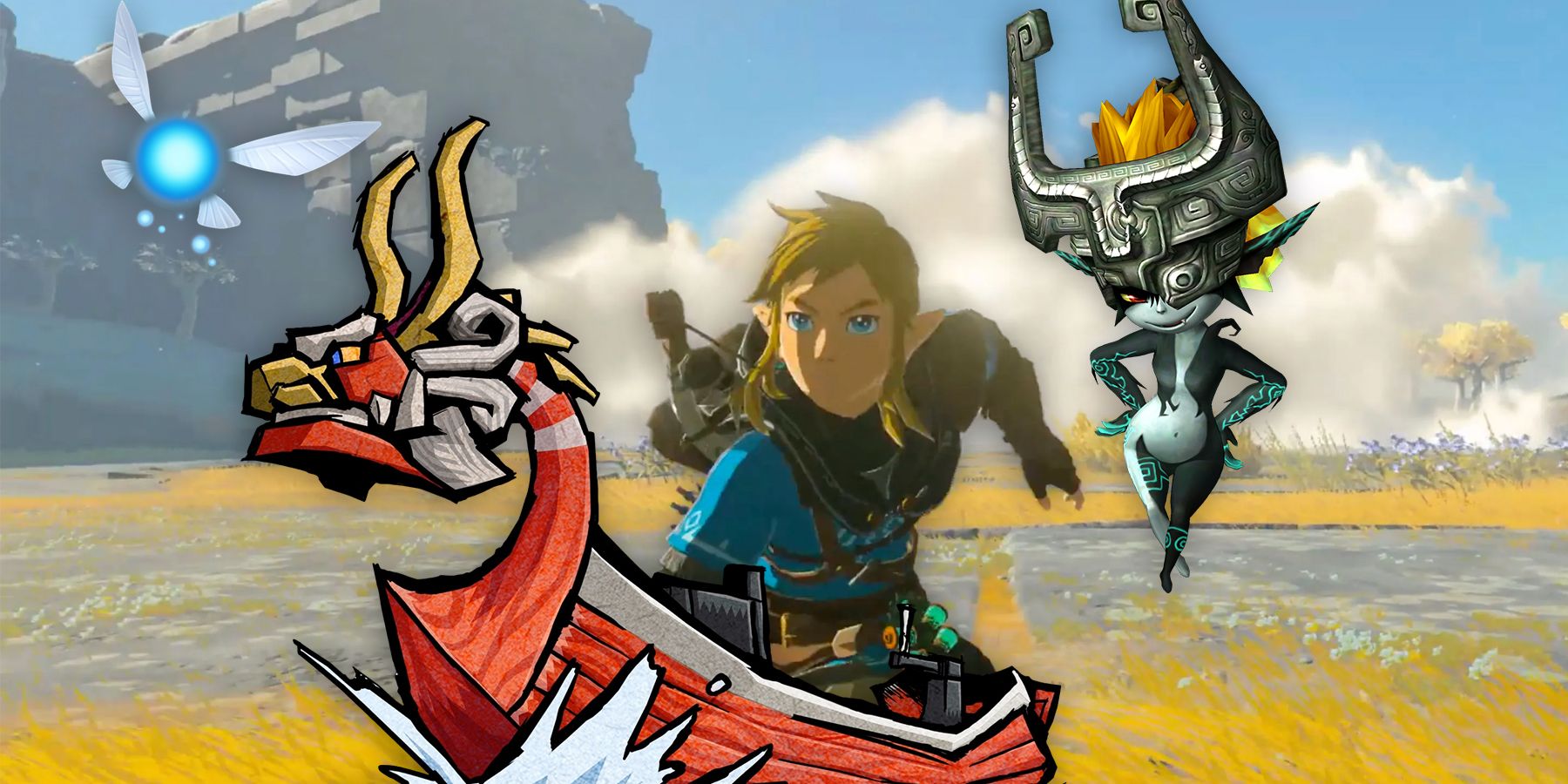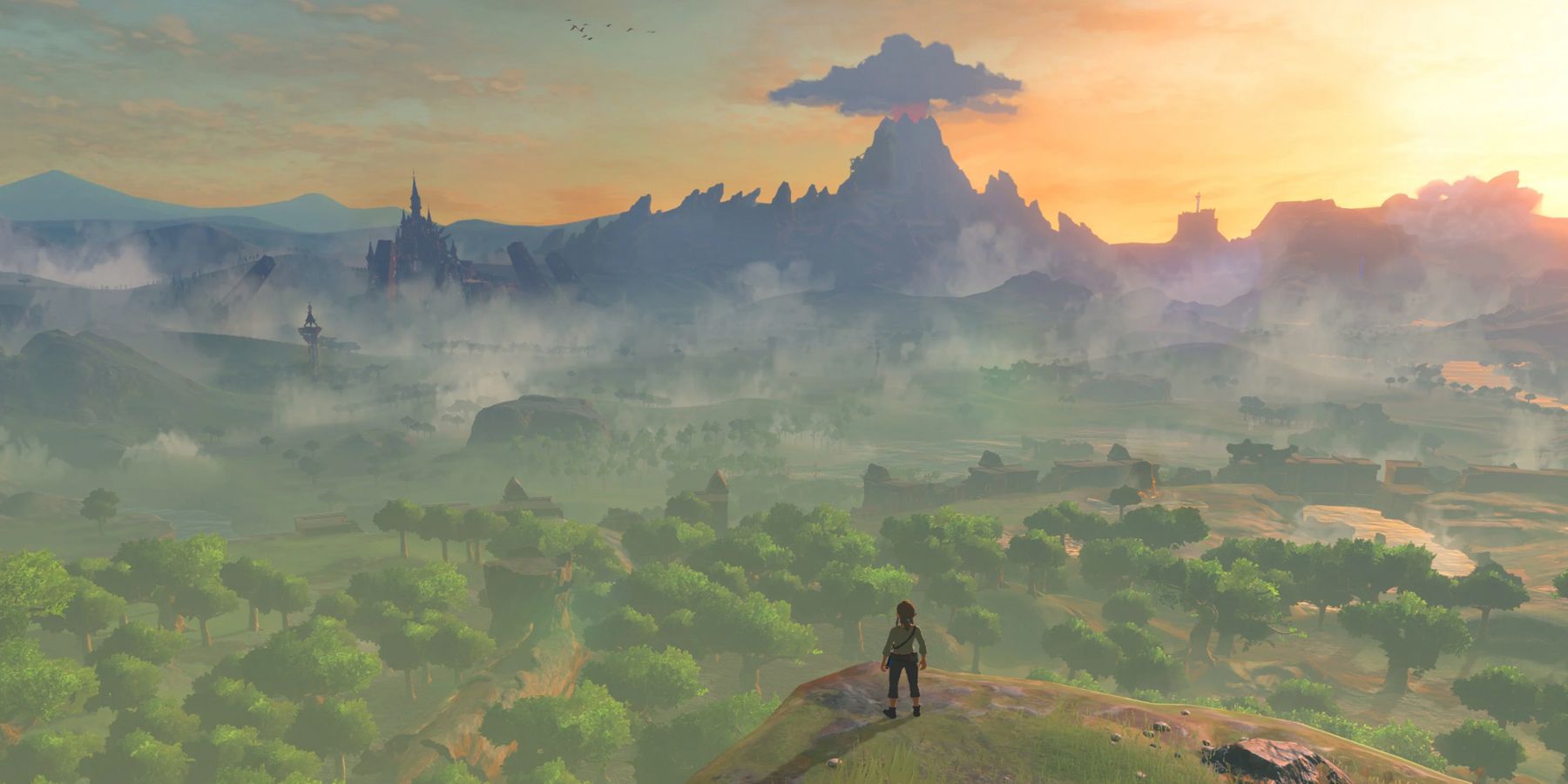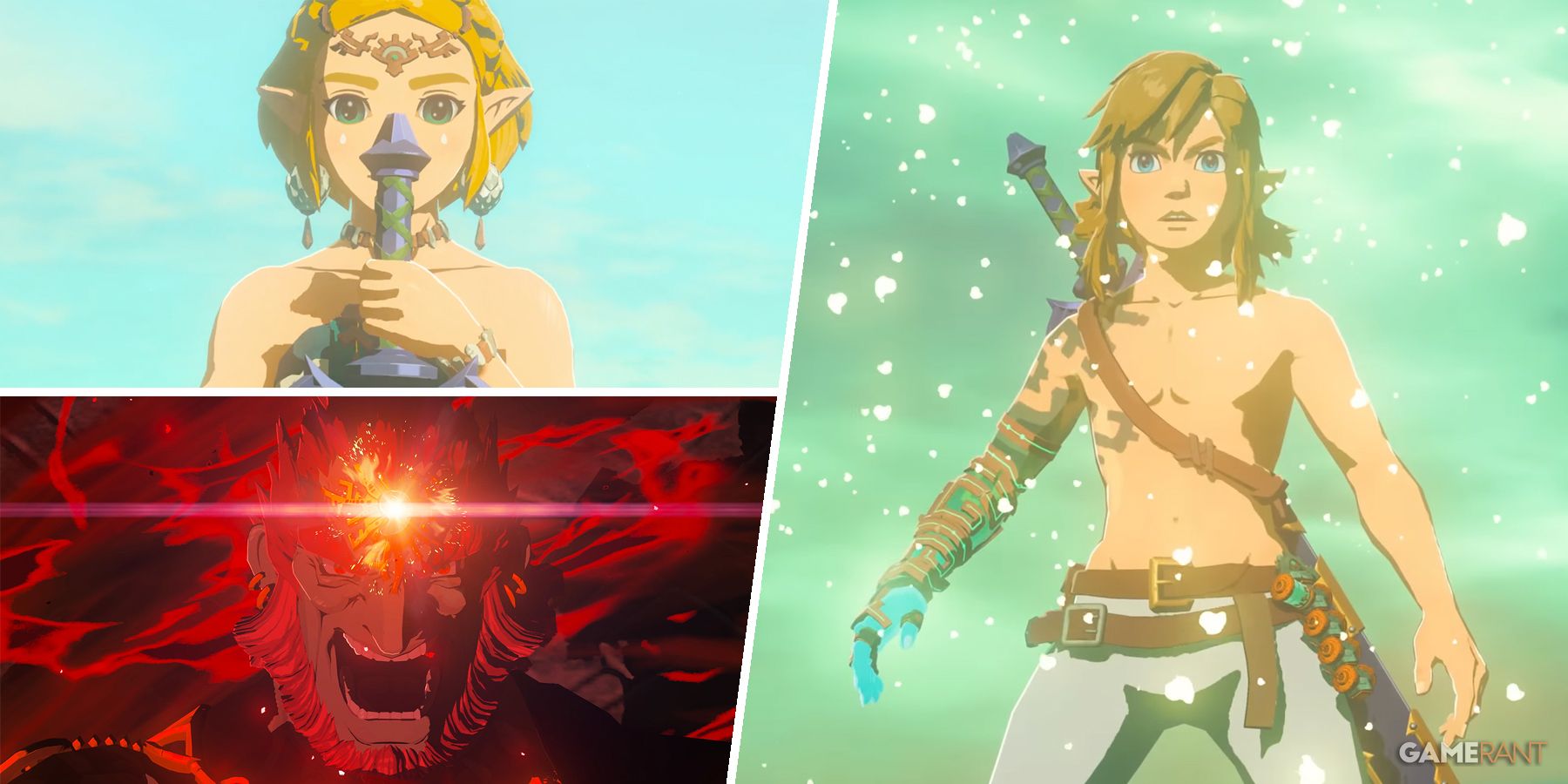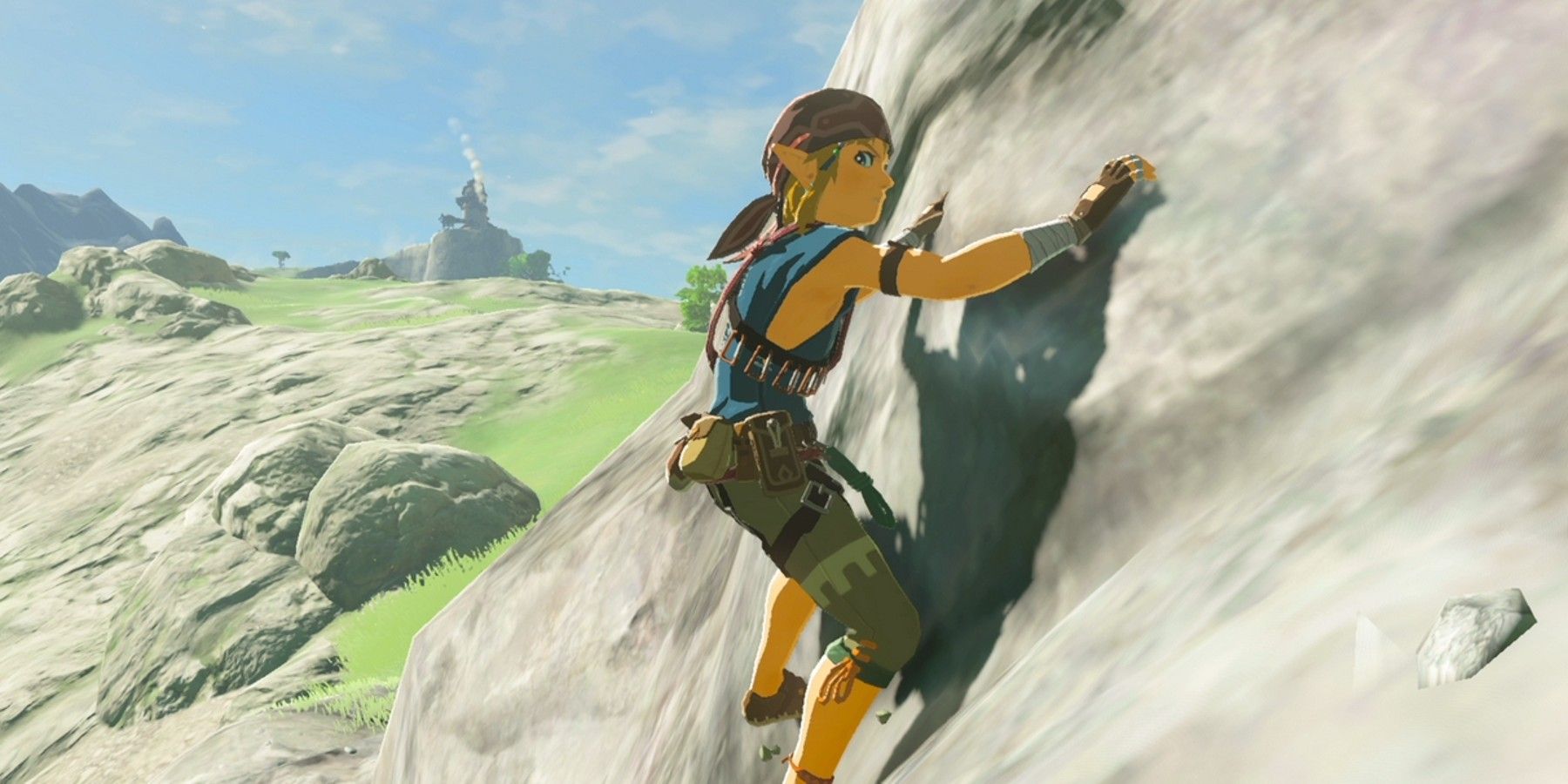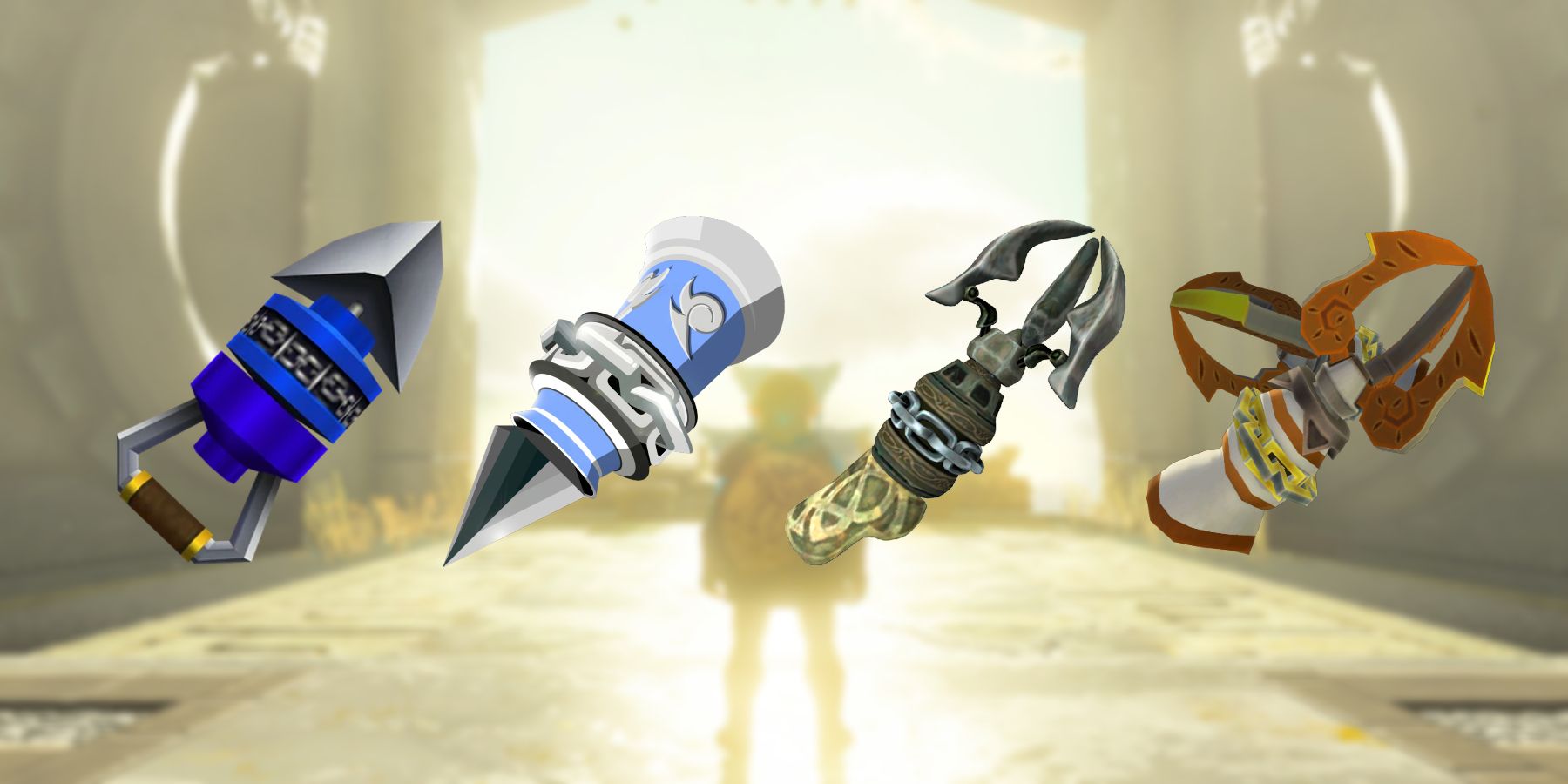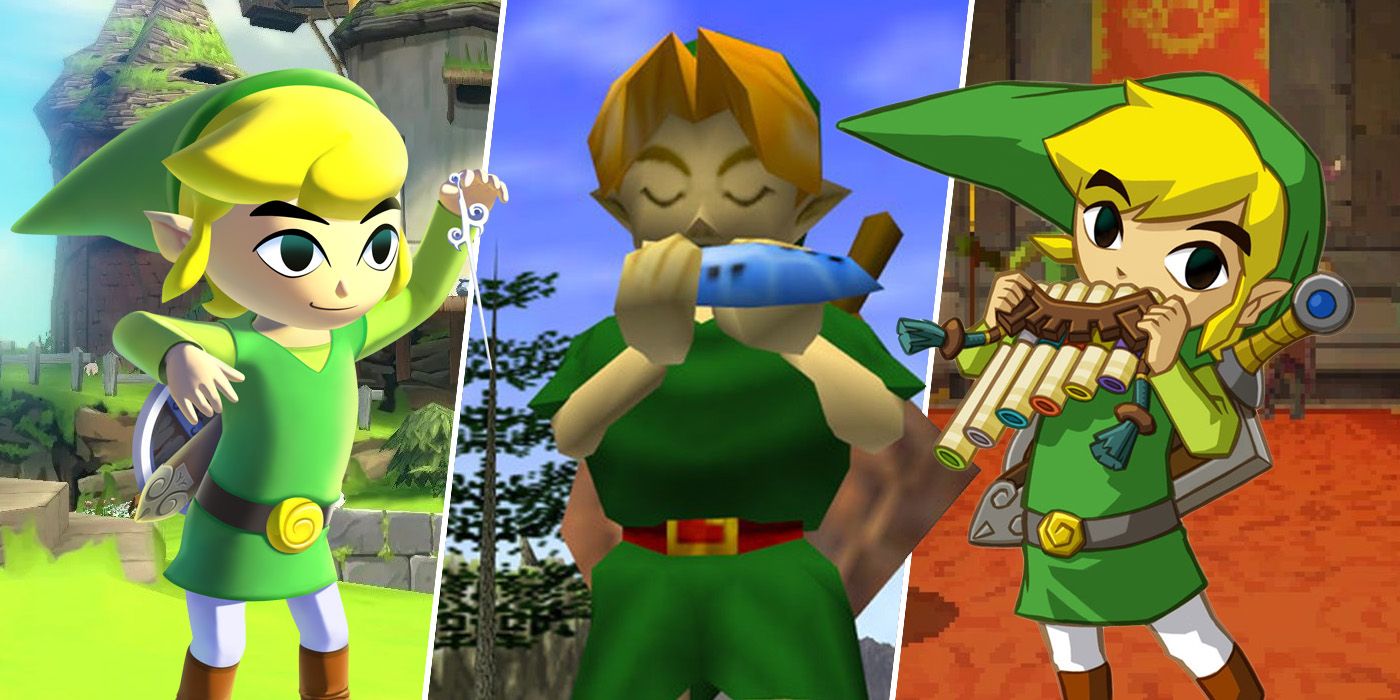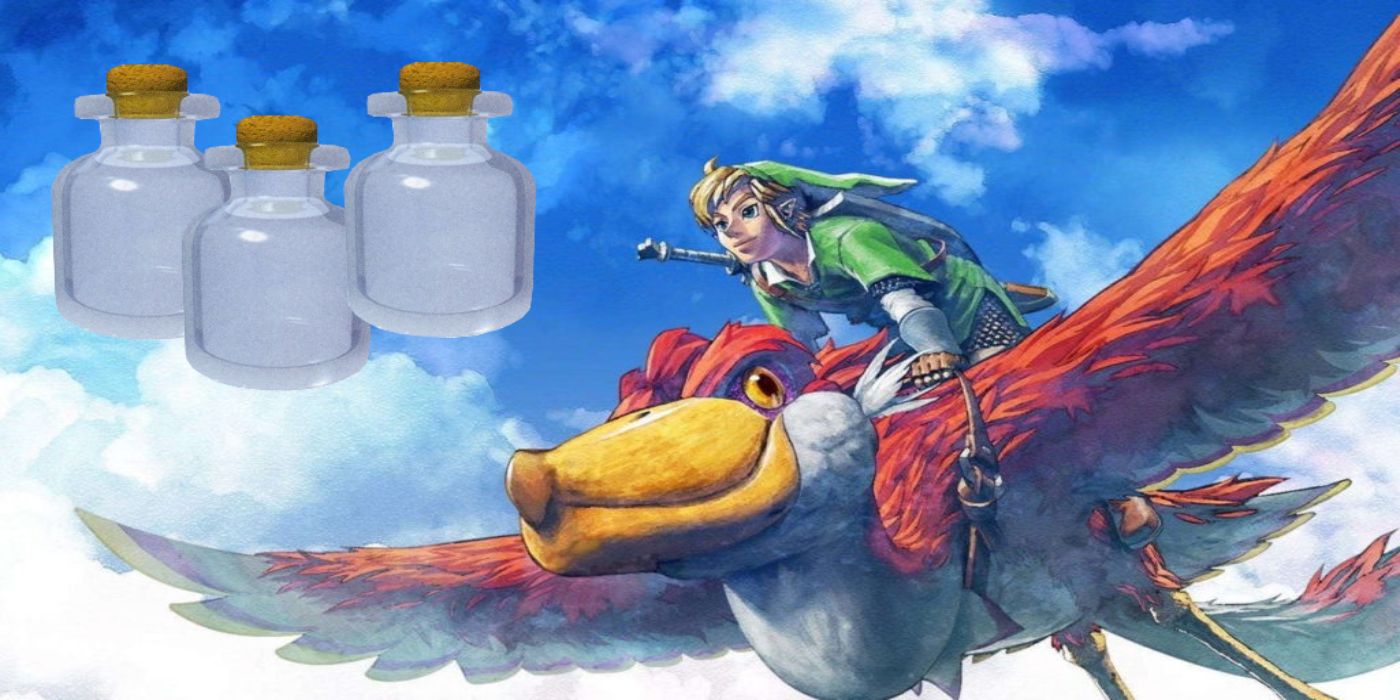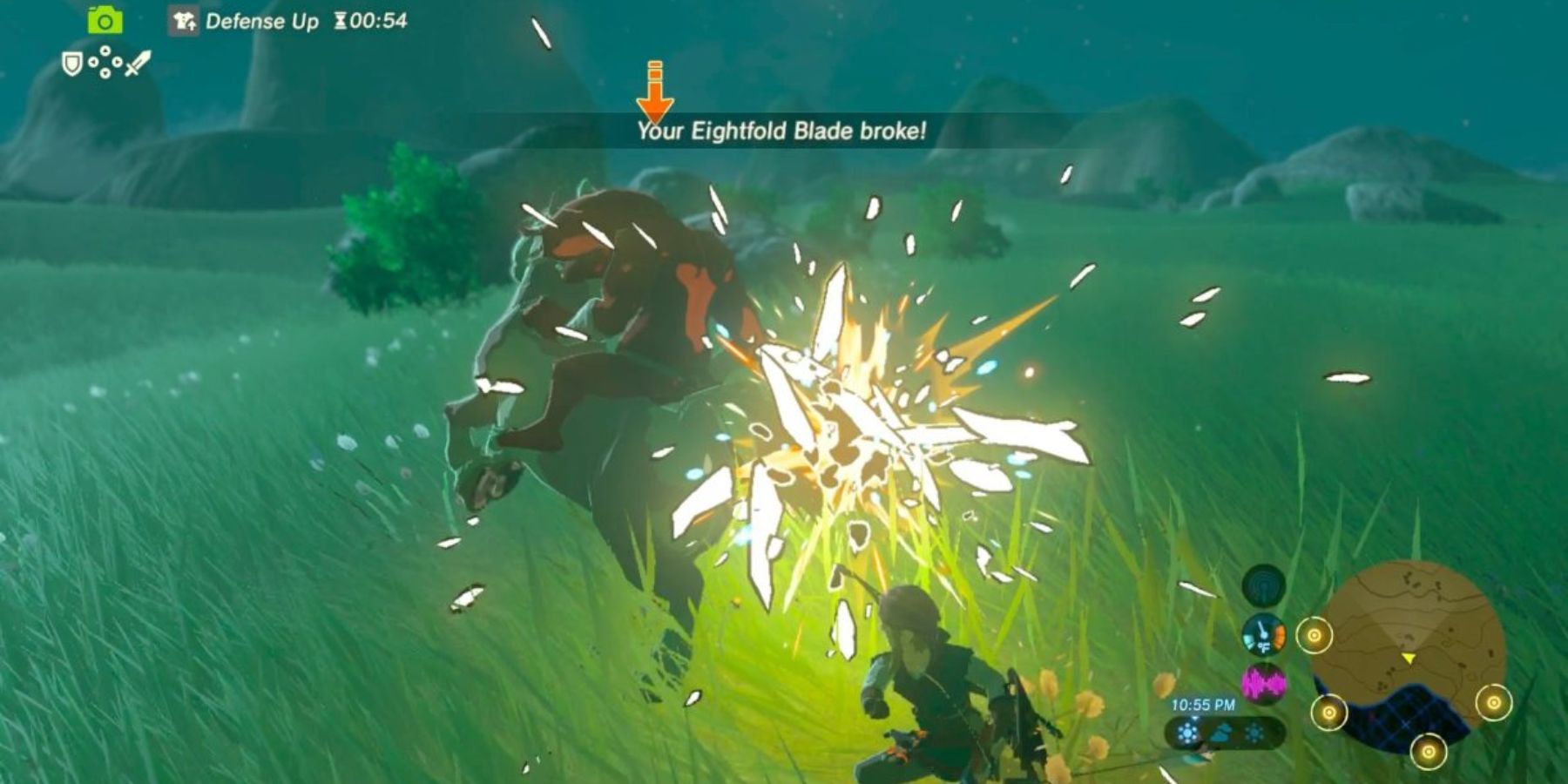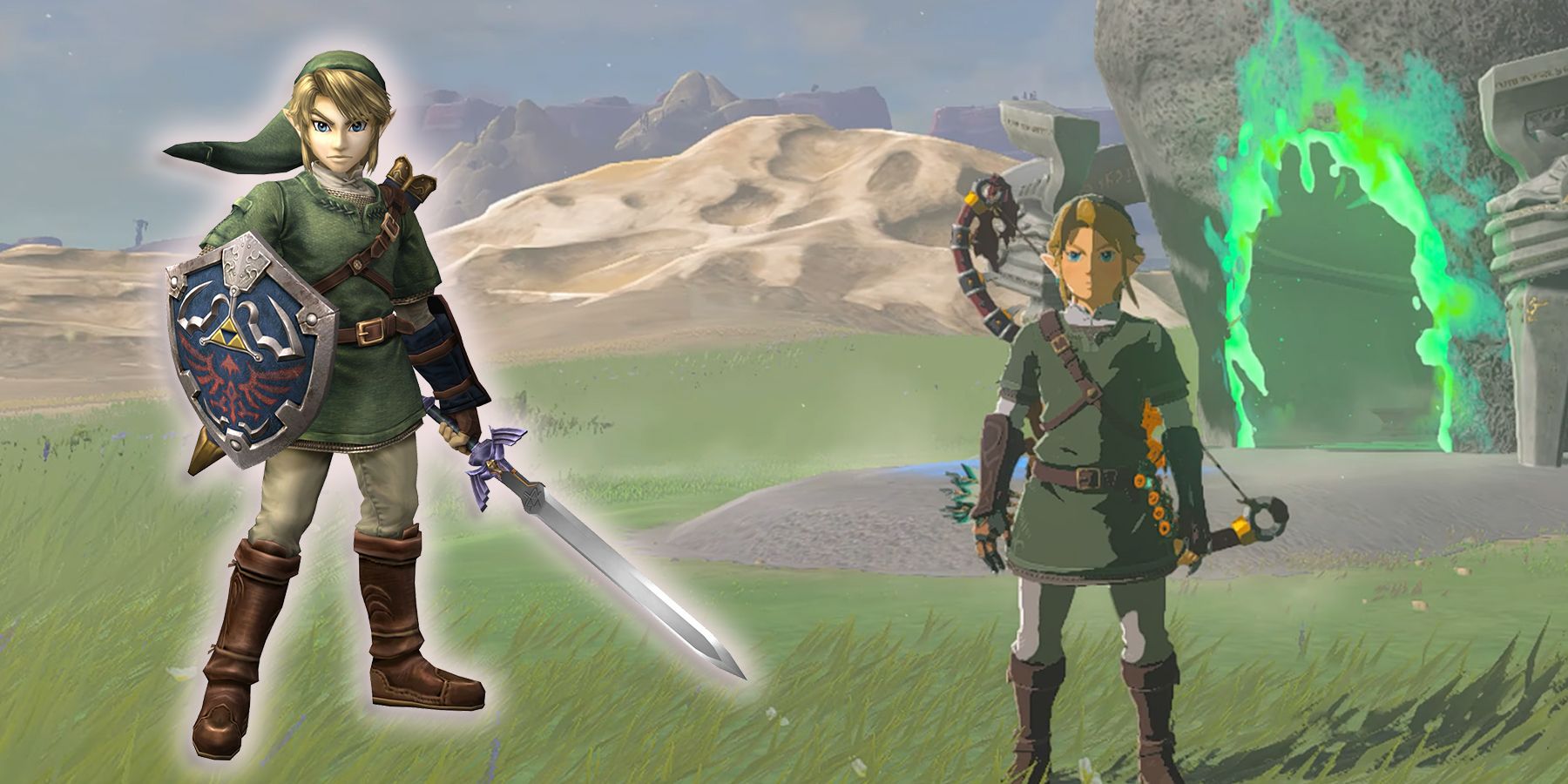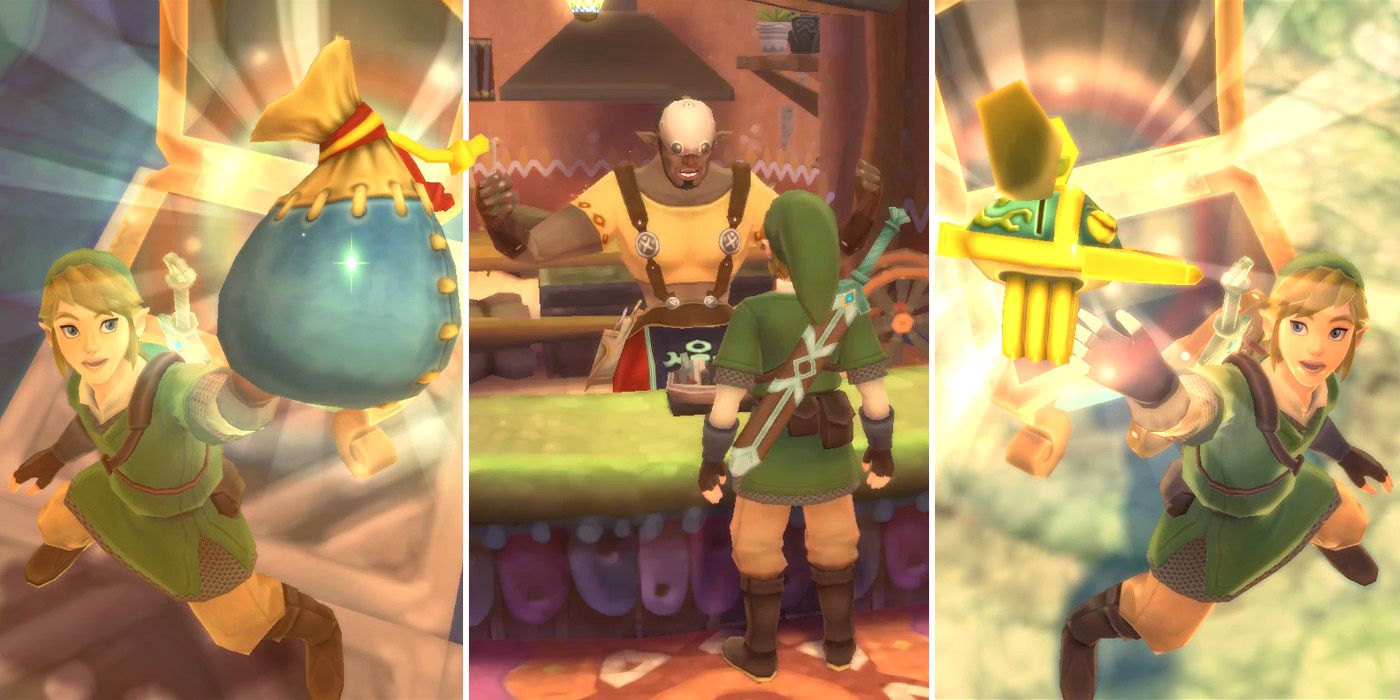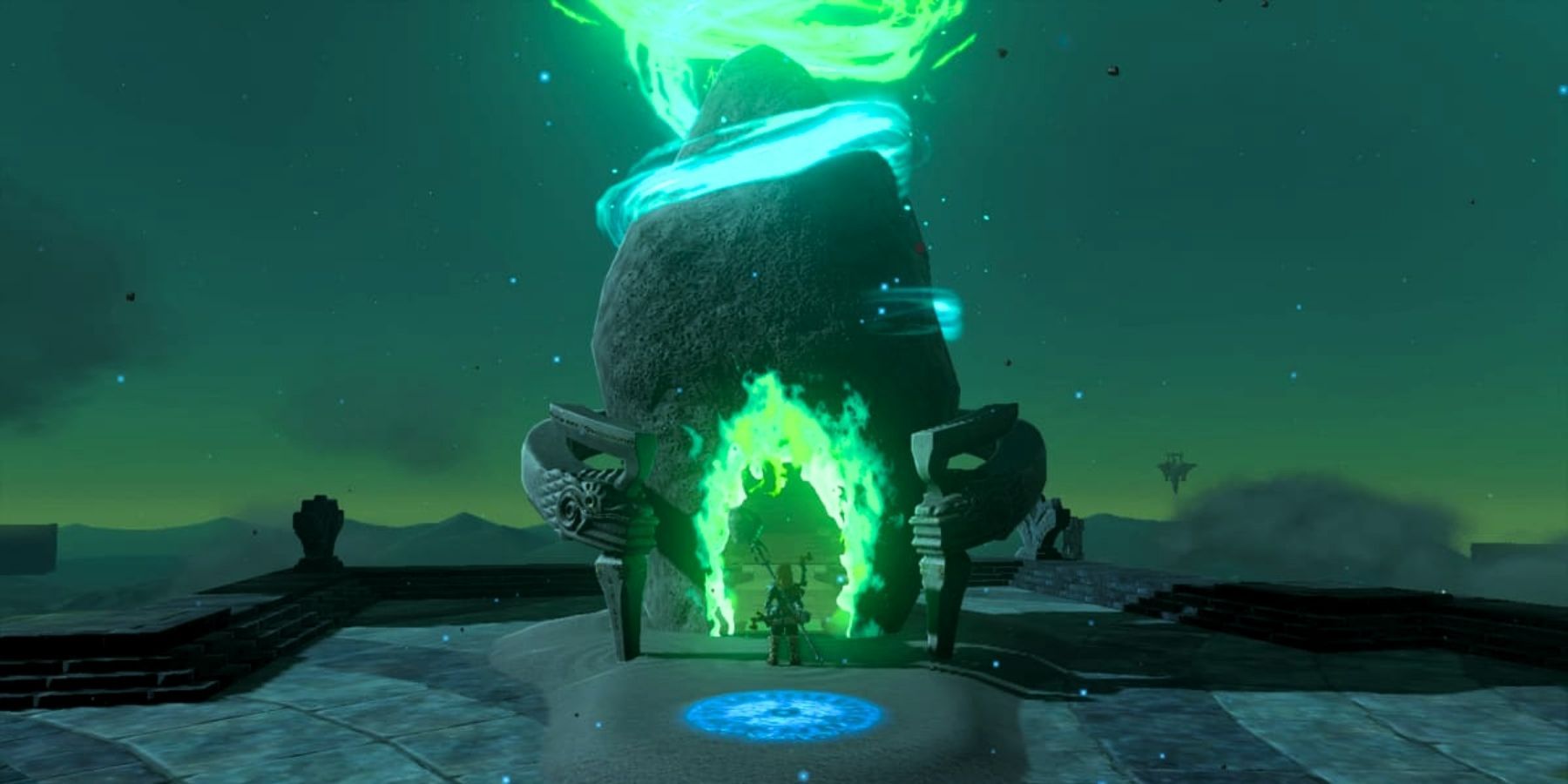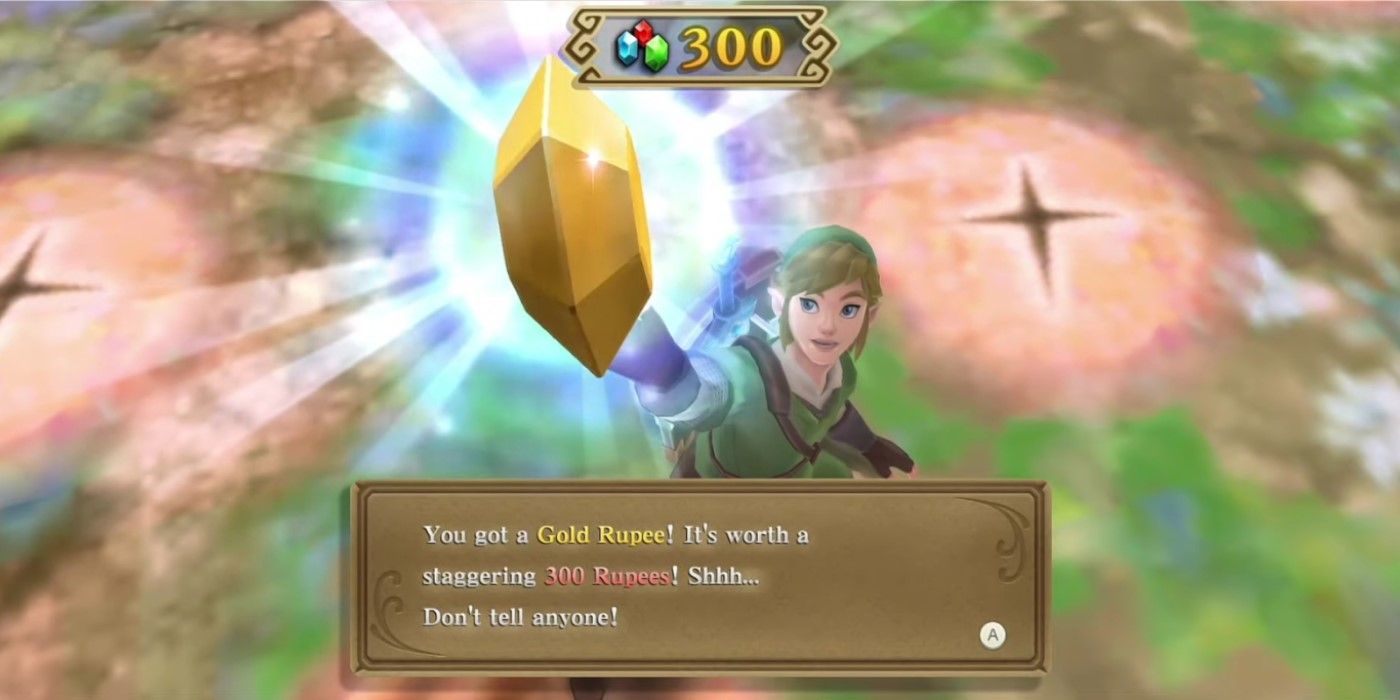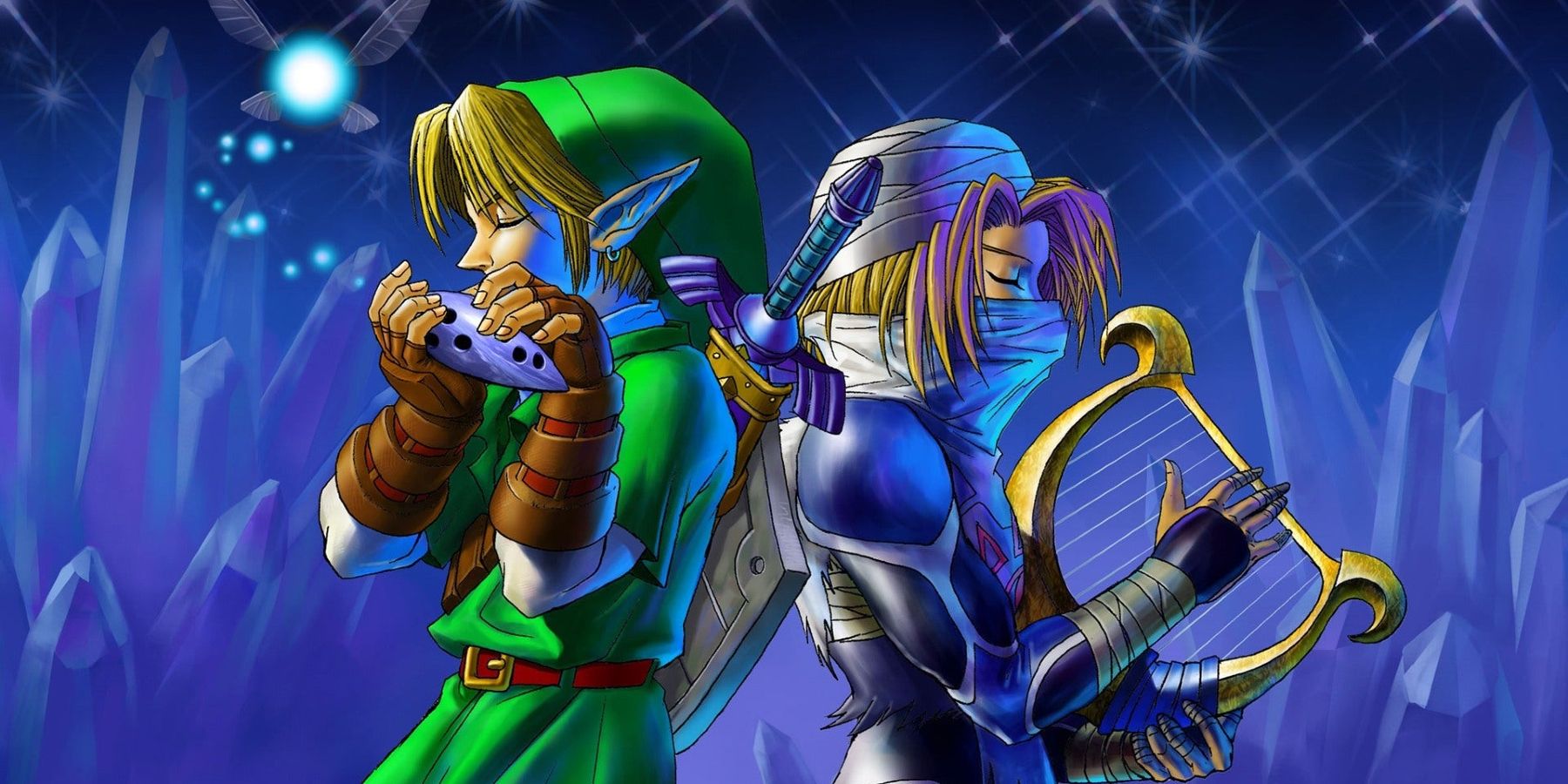Highlights
- The Legend of Zelda: Breath of the Wild and its sequel have brought significant changes to the franchise, including open world gameplay and the absence of the Triforce.
- Permanent traveling companions and linear progression have been minimized in favor of a more natural atmosphere and player-driven experiences.
- The open world design allows for more freedom and exploration, with the ability to climb and fly anywhere. However, classic features like the hookshot, musical instruments, and much more are missing.
For six years and counting, The Legend of Zelda has occupied a distinct era compared to the rest of its life. The Legend of Zelda: Breath of the Wild and its sequel The Legend of Zelda: Tears of the Kingdom have stepped away from the linear, dungeon-crawling formula that has defined Zelda since its early days. Absolute freedom has become the core of these titles, and in the process of reinventing themselves a lot of traits had to be left behind. Breath of the Wild and Tears of the Kingdom walk their own path, and in doing so have pointed their franchise in a new direction.
A lot of good has come from these changes, especially in the realm of open world game design. For many years, Breath of the Wild was the name to beat in the genre, and nowadays, the few other open world games that compete with it include its own sequel, Tears of the Kingdom. The list of changes Breath of the Wild and Tears of the Kingdom made to Zelda's norms is exhaustive, and, from gameplay to presentation, no part of the aging series was left untouched.
The Triforce Has Gone Out of Style
One of the most conspicuous story changes to the open world Zelda games is the total absence of the Triforce. These wish-granting golden triangles have been important in almost every mainline Zelda game, but the Triforce is not even mentioned in BotW and TotK. Strangely, their imagery is still found in crests used on the Master Sword and by Hyrule's royal family. Even Princess Zelda invokes their image upon unlocking her sealing powers, though no attention is drawn to this. It's telling that the Zonai introduced in Tears of the Kingdom seem to exonerate courage, wisdom, and power like the Hylians, but they represent them with dragons, owls, and boars instead of sacred triangles.
Permanent Traveling Companions Are Only Faint Echoes
Link's lack of speech is often offset by a more talkative traveling companion, some of whom are major players in their games' stories. Ocarina of Time's Navi and Twilight Princess' Midna spring to mind, but many others like Fi, Ezlo, and the King of Red Lions are all memorable parts of their respective titles. It felt strange for many fans to discover Breath of the Wild has no equivalent company. Tears of the Kingdom partially remedied this with Sages and their Sage Vows, but each Sage only talks during their respective dungeon, and their Vows keep quiet. With even the obvious choice of Rauru being phased out after TotK’s tutorial, it seems the open world Zelda games prefer to maintain an unbroken natural atmosphere.
Progression Is More of a Suggestion
Zelda has not always been about linearly progressing through dungeons, but it often takes that shape. There isn't much that players can skip altogether, even in more open titles like the NES Legend of Zelda and A Link Between Worlds. Breath of the Wild threw that out the window by making the only requirements to see credits beating the tutorial and slaying Calamity Ganon. The most direct path to do so is not an easy one, but it is possible. A mandatory Paraglider quest is also in Tears of the Kingdom, but the game's objectives and length remain almost entirely in the player's hands.
Story Has Become A Self-Served Feature
Similarly, how much of the story players experience is mostly up to them. Completing the main dungeons and finding either Link's memories or the Dragon Tears are optional despite being marked as main quests. Breath of the Wild and Tears of the Kingdom even go as far as not setting an order in which these story segments must be seen. This allows for more variance in each player's experience, although returning to a traditional story structure could benefit future Zelda games.
Climb or Fly Anywhere
To go along with Breath of the Wild's structural changes, the geography itself was opened up. Normally, Zelda games use plenty of impassable walls to show the limits of the play space and herd the player into scenarios designed to play out in specific ways. In the spirit of allowing players to invent their own solutions, Breath of the Wild allows for climbing on most surfaces with enough stamina, and the Paraglider was introduced to reward reaching the highest heights. Dwarfing even the Great Sea of The Wind Waker and the skies in Skyward Sword, it's impressive how compelling Nintendo managed to make such enormous open worlds.
A Hookshot Is Nowhere In Sight
Despite how open navigation in Breath of the Wild and Tears of the Kingdom can be, neither take the next step in including a hookshot. Hookshots have been nearly ever-present in Zelda since A Link to the Past, but they have no equivalent in the open world games. This is despite how they would synergize with the many climb-able walls, with fellow open world games Just Cause and Halo Infinite showing how grappling in such environments would look. It's become redundant now that Tears of the Kingdom has introduced flying vehicles, but many hope that these classic traversal devices will return some day.
Musical Instruments Aren’t In Link’s Repertoire
Another item missing from BotW and TotK is some kind of musical instrument. Whether it's the iconic ocarina, a conductor's wand, or even the howling of a wolf, playing memorable melodies to magical ends has been with the Zelda series since the very first game. Breath of the Wild does include a musician element with the wandering minstrel Kass, but even his music is gone in Tears of the Kingdom. Admittedly, later instruments like Skyward Sword's Goddess's Harp and Spirit Tracks' Spirit Flute were so situational that they felt like obligations, but it would be nice to at least play some tunes while on the open road.
No Need For Bottles
Another iconic item in the Zelda series is, surprisingly enough, the bottle. Bottles are highly sought after, sometimes implied to have mystical properties, and the player can usually only get their hands on a few of them through side content. Because of how many items players need to forage for in the open world Zeldas, bottles had to go. Even so, their function in limiting powerful healing resources is still intact thanks to the need to cook powerful meals and Fairy-spawning caps based on how many are in Link's inventory.
Weapon Durability Is The Name of the Game
One of the more controversial changes in Breath of the Wild was its implementation of weapon durability. Every weapon, even the Master Sword, had limited durability, after which it would either shatter or become temporarily useless. This is a far cry from the largely static loadouts in most Zelda games. Breakable weapons were only involved in side quests, and scrounging for temporary weapons was once exclusive to The Wind Waker. With Tears of the Kingdom seeing Hyrule's weapon supply degrading from Gloom, it seems Nintendo is dead-set on weapon durability being a part of open world Zelda's identity.
The Green Tunic Is Out
Link's traditional green tunic is still in open world Zelda, and multiple versions of it can be found through BotW's DLC and amiibo costumes, or TotK's many side quests. However, all of these outfits are non-essential, and the clothes Link is given and commonly shown with look drastically different from his normal getup. Breath of the Wild's iconic Champion's Tunic even changes Link's dominant color to blue, something previously restricted to specific rings or tunics. With plentiful distinct options to dress Link up, the hero of Hyrule has never been more fashionable.
Dungeon Items Have Been Replaced
Discovering helpful tools in dungeons has been a staple of The Legend of Zelda. Unfortunately, a lack of traditional dungeons and linear progression in Breath of the Wild meant the old formula wouldn't work. To solve this, Nintendo opted to give Link all of his major tools during the tutorial, with runes and Tears of the Kingdom's arm powers being designed with the versatility of multiple dungeon items. Sage powers brought dungeon items back somewhat in TotK, but seeing as they're only necessary to activate switches, they don't compare to the many tools used in navigating classic dungeons.
Shrines Are The Closest Things to Linear Dungeons
Speaking of which, the old dungeon style has been replaced by the nonlinear Divine Beast format. Tears of the Kingdom did add more distinct theming to each of its Temples, but they still play out like Breath of the Wild's massive machines. The closest equivalent to old Zelda dungeons are the many Shrines dotting the landscape, each one providing a couple rooms' worth of puzzles. Multiple solutions are still present on a mechanical level, but at least the spirit of the old tradition is kept alive until, hopefully, future Zelda titles try other dungeon formats.
Hearts and Rupees Won’t Appear Out Of Thin Air
One might not think of cutting grass or smashing pots when they first picture The Legend of Zelda, but that's been the traditional way to find minor items. Chiefly, recovery hearts and rupees are gained this way, though sometimes players can stumble upon bees, shells, or a Fairy. Smashing crates can still produce recovery food and very rarely rupees in the open world Zeldas, but otherwise the old days of casual item collection are over. Rupees must be found by defeating Yiga, completing quests, and selling items, while Hearts can only be recovered through eating or brewing one's own potions. It's a massive change to Zelda's norm, but helps keep the many grassy fields from bogging down the experience.
The Soundtrack Takes Many Rests
Breath of the Wild and Tears of the Kingdom have plenty of music, and many fans agree that they sport standout Zelda soundtracks. The problem is, that music doesn't play all the time. Formerly, Zelda games featured a constant soundtrack, with the more subdued songs often reserved for dungeons that required more concentration. Open world Zelda usually features environmental sounds while Link is traveling, with a few musical notes sprinkled in. This isn't all bad, as it helps the music and sound cues to stand out when they appear, and makes the evolving tracks in Breath of the Wild and Tears of the Kingdom's dungeons all the more triumphant when they reach their final phases.
The Legend of Zelda: Tears of the Kingdom is available now for the Nintendo Switch.

